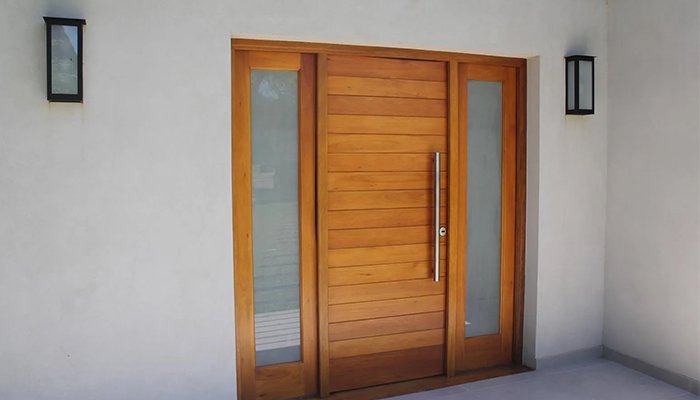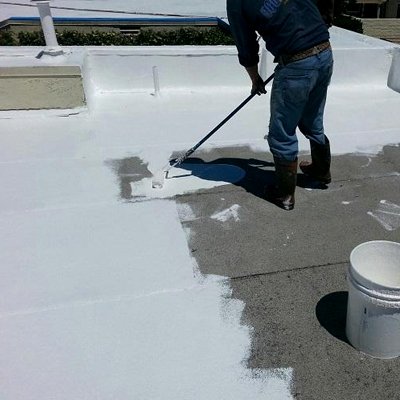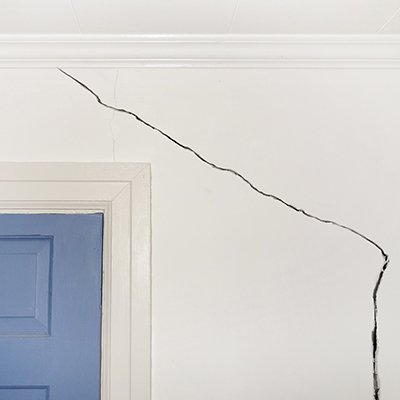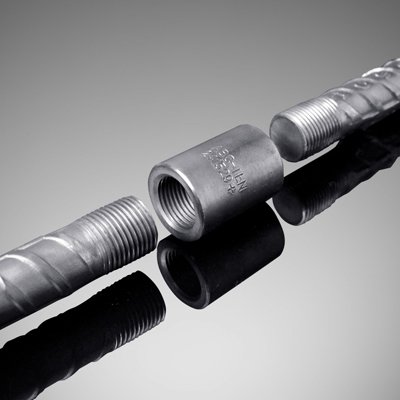DAMP PROOF COURSE
Damp proof course (DPC) is a type of moisture control applied to building walls and floors to prevent moisture from passing into the interior spaces. It is generally applied at basement levels which restricts the movement of moisture through walls and floors.

Causes of dampness:
1. Moisture rising up the wall from ground:
- As soil is pervious, moisture constantly travel through it.
- This moisture rise up into wall & floor through capillary action.
- Ground water rise also result in moisture entry into the building through walls.
2. Rain travel through top wall:
- If the wall top are not properly protected from rain penetration, rain will enter the wall & will travel down
- Leaking roof will also permit water to enter
3. Condensation:
- Due to condensation of atmospheric moisture, water is deposited on walls, floors & ceilings
- The moisture causes dampness.
Effect of dampness:
- Dampness gives rise to breeding of moisture & create unhealthy conditions.
- Travel of moisture on wall causes unsighty patches.
- It may cause softening & crumling of plaster.
- Wall paint is damaged.
- Continue moisture may cause florescence which result in disintegration of bricks, stone & tiles.
- Flooring gets loosened due to reduction in adhesion.
- Timber fittings such as doors, window Almira, etc. coming in contact in with damp walls, damp floors get deteriorated because of warping.
- Electric fitting get deteriorated, leads to danger of short circuits.
- Dampness promotes & accelerate growth of termites and germs.
- Moisture causes rusting & corrosion of metal fittings.
Properties of Materials for DPC:
- It should be impervious.
- It should be strong and durable, and should be capable of withstanding both dead as well as live loads without damage.
- It should be dimensionally stable.
- It should be free from deliquescent salts like sulphates, chlorides and nitrates.
Types of Materials for Damp Proof Course:
The materials commonly used to check dampness can be divided into the following three categories:
- Flexible Materials: Materials like bitumen felts (which may be hessian based or fiber/glass fiber based), plastic sheeting (polythene sheets) etc.
- Semi-rigid Materials: Materials like mastic, asphalt, or combination of materials or layers.
- Rigid Materials: Materials like first class bricks, stones, slate, cement concrete etc.
Selection of Materials for Damp Proof Course in Buildings:
The choice of material to function as an effective damp proof course requires a judicious selection. It depends upon the climate and atmospheric conditions, nature of structure and the situation where DPC is to be provided.
1. DPC above ground level:
-
For DPC above ground level with wall thickness generally not exceeding 40 cm, any type of materials may be used.
-
DPC of Cement concrete is commonly used at plinth level with 50mm thickness.
-
Cement concrete M15 (1:2:4 mix) is used under normal conditions.
-
In case of damp and humid atmosphere, higher mix of concrete should be used.
-
The concrete is should be made dense by adding water proofing during the process of mixing. And apply two coats of hot bitumen over the surface of the concrete DPC.
2. DPC Material for floors, roofs:
-
For greater wall thickness or where DPC is to be laid over large areas such as floors, roofs, etc., the choice is limited to flexible materials which provide lesser number of joints like mastic, asphalt, bitumen felts, plastic sheets etc.
-
The felts when used should be properly bonded to the surface with bitumen and laid with joints properly lapped and sealed.
3. DPC Material for where differential thermal movements occur:
-
In parapet walls and other such situations, materials like mastic, asphalt, bitumen felts and metal (copper or lead) are recommended.
-
It is important to ensure that the DPC material is flexible so as to avoid any damage or puncture of the material due to differential thermal movement
4. DPC material for Cavity Walls
-
In cavity wall construction, like cavity over the door or window should be bridged by flexible material like bitumen felt, strips or lead etc.
Methods of Damp Proof Course Installation in Construction:
- The DPC should cover full thickness of walls excluding rendering.
- The mortar bed upon which the DPC is to be laid should be made level, even and free from projections. Uneven base is likely to cause damage to DPC.
- When a horizontal DPC is to be continued up a vertical face a cement concrete fillet 75mm in radius should be provided at the junction prior to the treatment.
- Each DPC should be placed in correct relation to other DPC so as to ensure complete and continuous barrier to the passage of water from floors, walls or roof.
Provision of damp proof course under different conditions:

Damp Proof Course Treatment for Basement in Damp Soil

Damp Proof Course Treatment for basement on undrained soils

DPC at Air Drain






